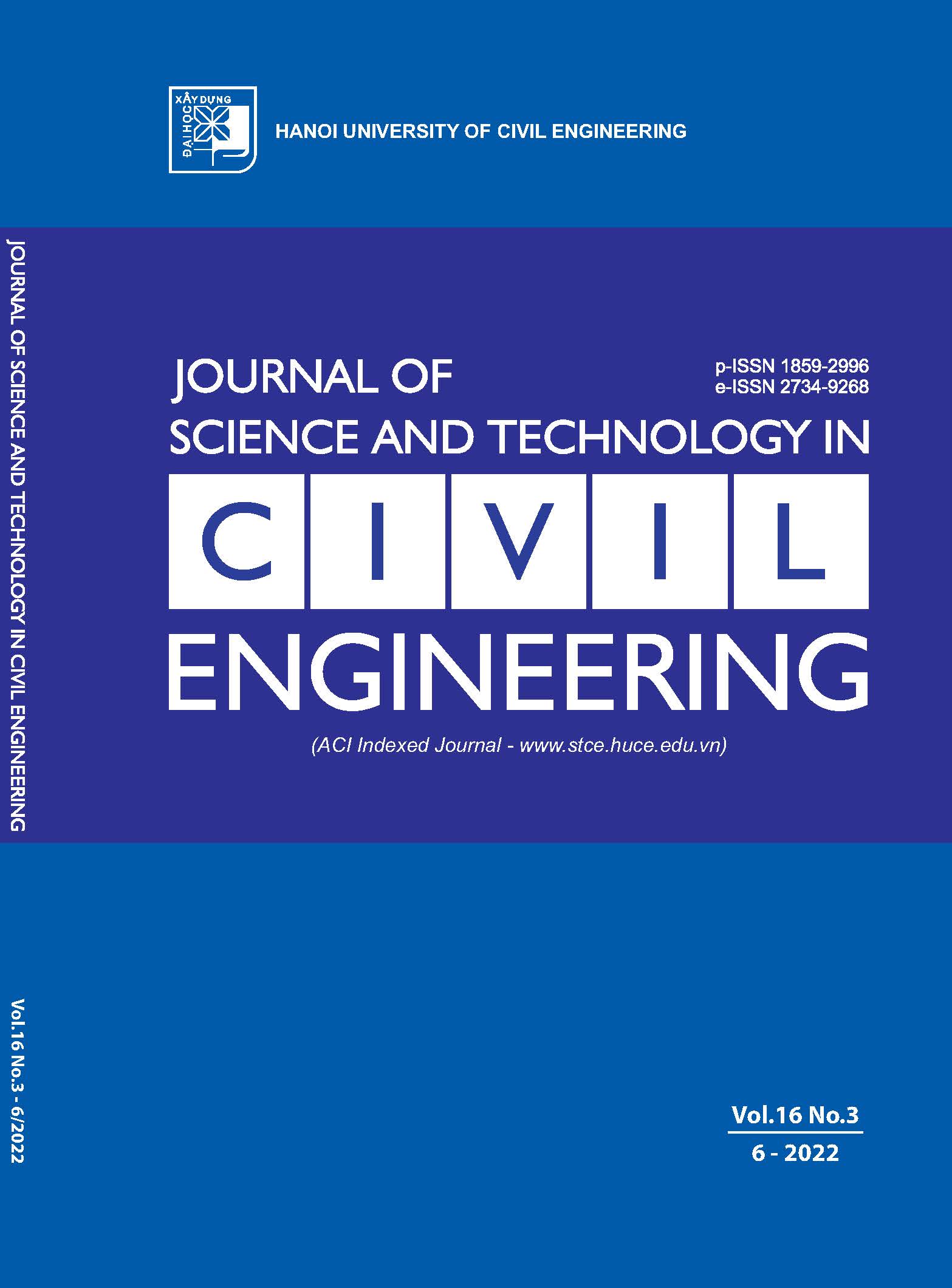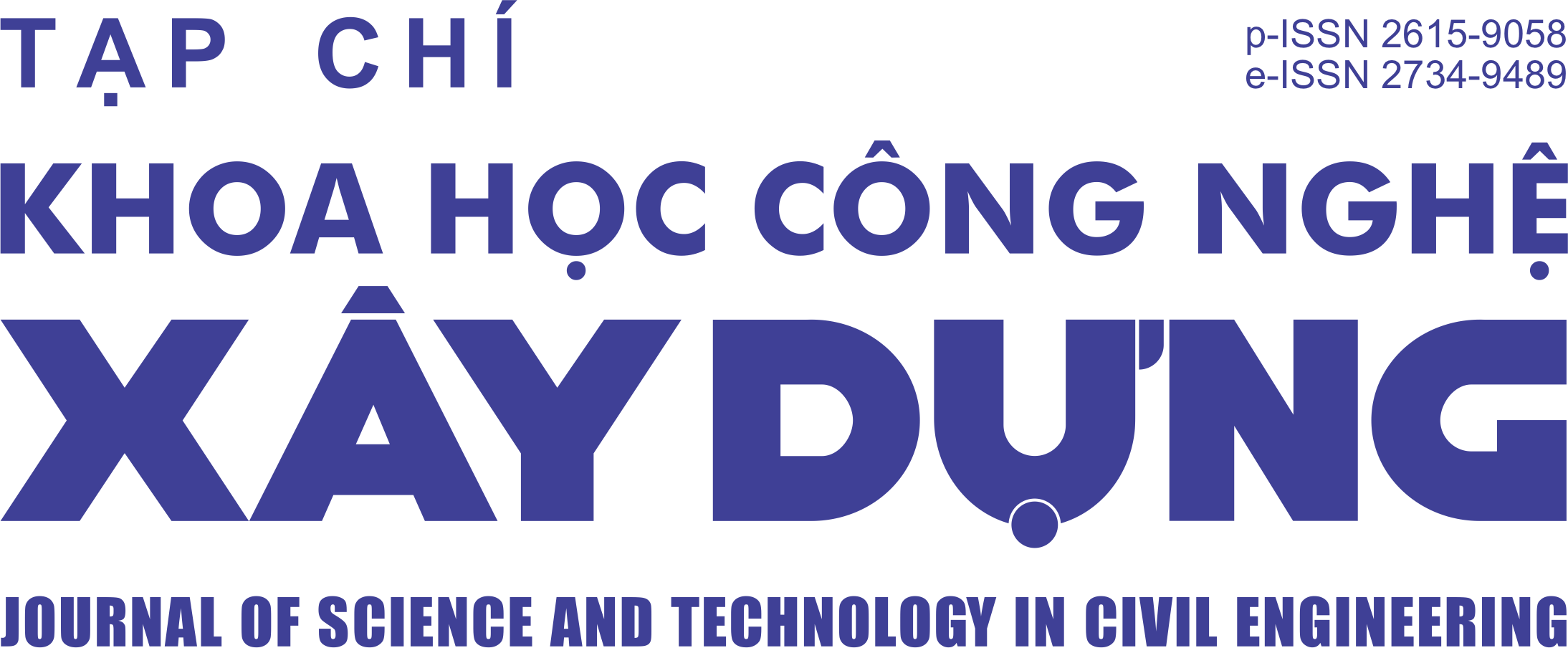Effect of spatial variability of creep rock on the stability of a deep double-lined drift
Abstract
This work aims at investigating the effect of aleatoric uncertainty of creep rock properties on the stability of an underground structure. This uncertainty relates to the spatial variability of the mechanical parameters representing the time-dependent behavior of geological rock formation due to the change in its mineralogy. The chosen methodology consists of representing the aleatoric uncertainty of rock properties by random fields, written as correlation functions with respect to the spatial correlation length. The adaptation of the well-known Expansion Optimal Linear Estimationmethod (EOLE) is performed to account for the cross-correlation of the random fields of the viscoplastic parameters of the host rock. Then, the Kriging-based reliability analysis is undertaken with respect to the discretized random fields, which allows elucidating the effect of spatial variability. As an application, the proposed approach is chosen to study the stability in the long-term of a deep double-lined drift within the geological disposal facilities (Cigeo project) conducted by the French National Radioactive Waste Management Agency (Andra). The drift will be excavated in Callovo-Oxfordian (COx) claystone (if the Cigeo project is licensed), considered as a potential host rock for the deep geological nuclear waste disposal in France. The results show that the chosen Kriging metamodel for the reliability analysis can be appropriate for the case of high correlation length represented by a moderate number of random variables (up to about 50) after the discretization of random fields. Further, the consideration of aleatoric uncertainty exhibits a lower probability of exceedance in comparison with the case where spatial variability is ignored. Still, more investigations need to be conducted in the future to conclude this observation.
Downloads
Copyright (c) 2022 Hanoi University of Civil Engineering

This work is licensed under a Creative Commons Attribution-NonCommercial-NoDerivatives 4.0 International License.
1. The Author assigns all copyright in and to the article (the Work) to the Journal of Science and Technology in Civil Engineering (JSTCE) – Hanoi University of Civil Engineering (HUCE), including the right to publish, republish, transmit, sell and distribute the Work in whole or in part in electronic and print editions of the Journal, in all media of expression now known or later developed.
2. By this assignment of copyright to the JSTCE, reproduction, posting, transmission, distribution or other use of the Work in whole or in part in any medium by the Author requires a full citation to the Journal, suitable in form and content as follows: title of article, authors’ names, journal title, volume, issue, year, copyright owner as specified in the Journal, DOI number. Links to the final article published on the website of the Journal are encouraged.
3. The Author and the company/employer agree that any and all copies of the final published version of the Work or any part thereof distributed or posted by them in print or electronic format as permitted herein will include the notice of copyright as stipulated in the Journal and a full citation to the Journal as published on the website.







